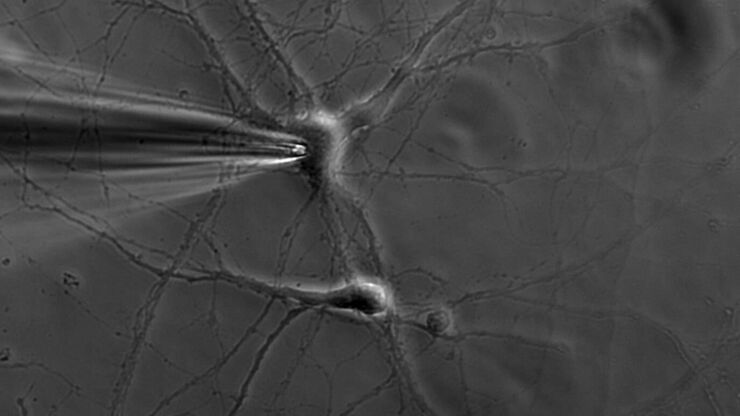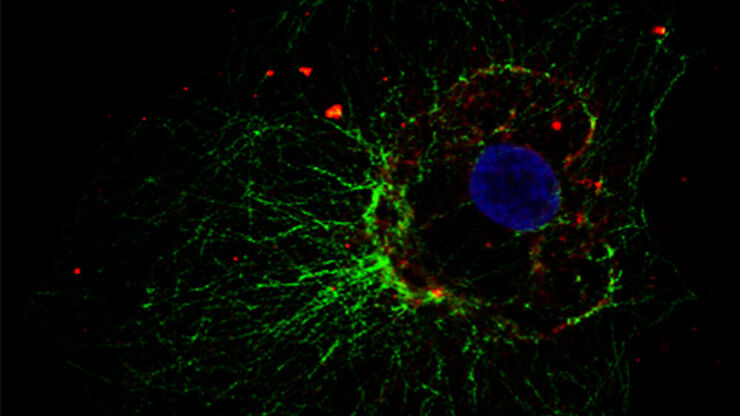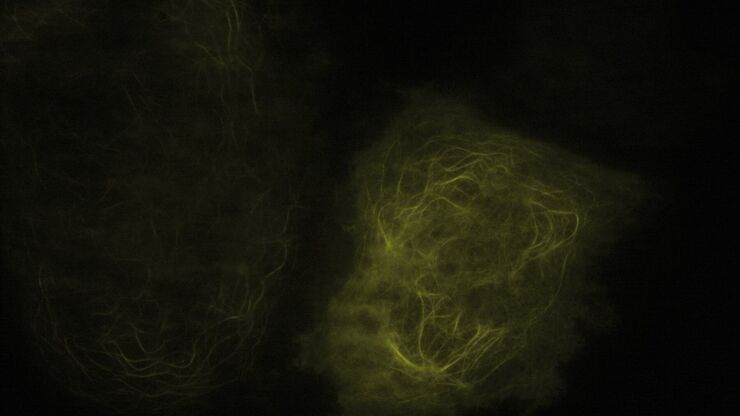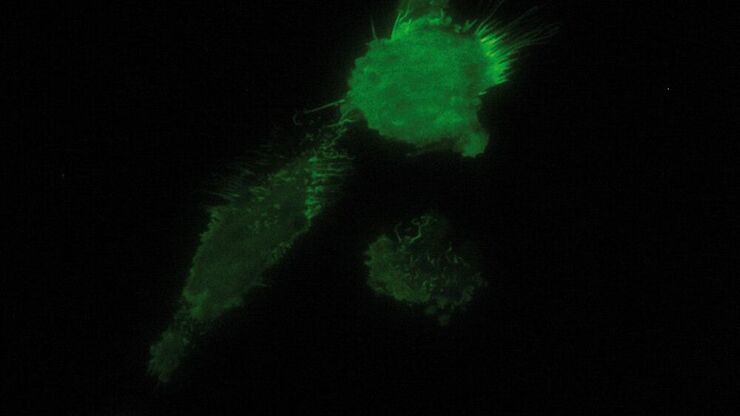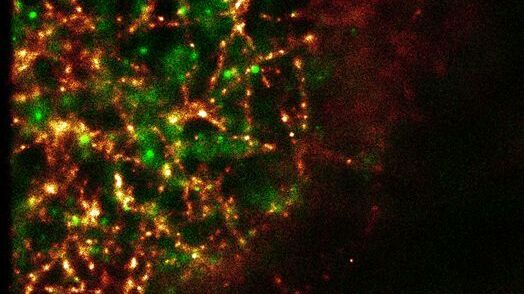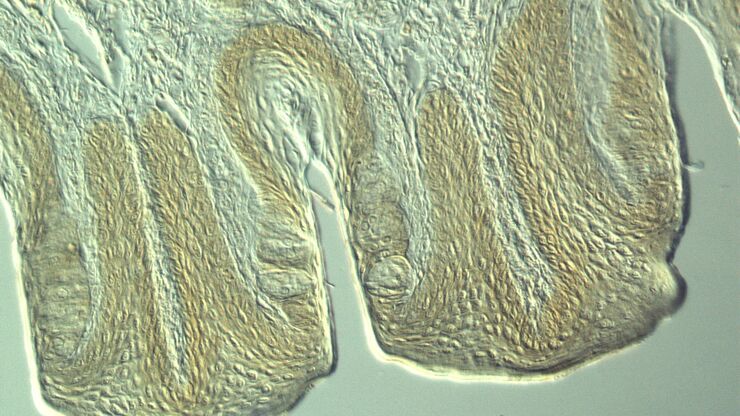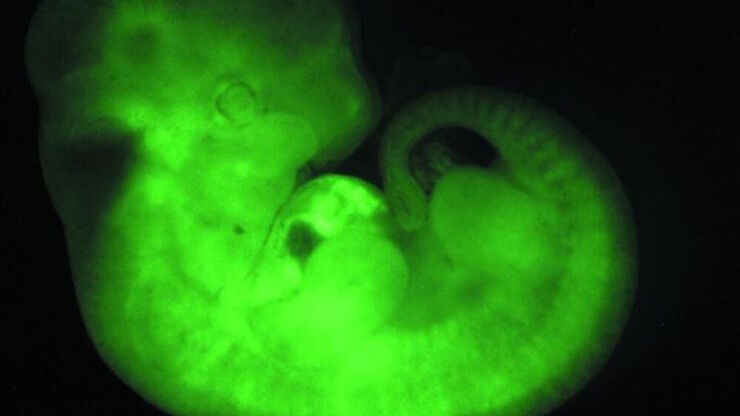Philipps Universität Marburg, Institut für Zytobiologie and Zytopathologie, Deutschland

Das Institut ist in den Fachbereich Medizin der Philipps-Universität Marburg integriert. Die Mitglieder betreiben Grundlagenforschung in Zellbiologie und biologischer Chemie. Das Institut ist auch für die Ausbildung von Studenten der Medizin, Zahnmedizin und Humanbiologie zuständig. Zentrale Forschungsprojekte befassen sich mit molekularen Mechanismen bei der Biogenese von Zellorganellen. Dabei ist das Verständnis von Mutationen der beteiligten Proteine von besonderem Interesse, da diese Krankheiten verursachen. Die Forschung erfolgt hauptsächlich an den Modellorganismen Hefe, Maus und Ratte. Weiterhin werden verschiedene Zellkultursysteme von Säugetieren verwendet. Das Methodenspektrum in den einzelnen Projekten umfasst zellbiologische, biochemische, immunhistochemische, molekularbiologische und genetische Techniken.
Zentrale Forschungsgebiete sind:
- Biogenese von Eisen-Schwefel-Proteinen in den Mitochondrien und im Zytosol
- Molekulare Grundlagen der neurodegenerativen Erkrankung Friedreich'sche Ataxie
- Mechanismus und Regulation des mitochondrialen Eisen(III)-Transports
- Reifung und Sortierung von Proteinen in polarisierten Epithelzellen
- Funktion von lysosomalen Proteinen
- Funktion des Mys-bindenden Proteins Miz-1 in Keratinozyten
